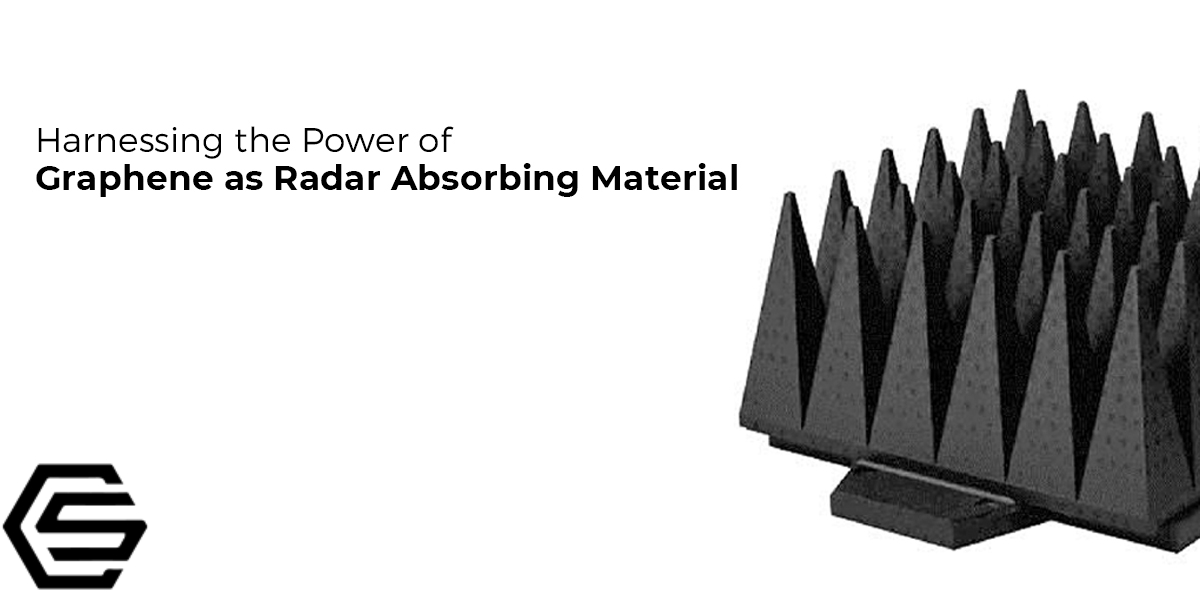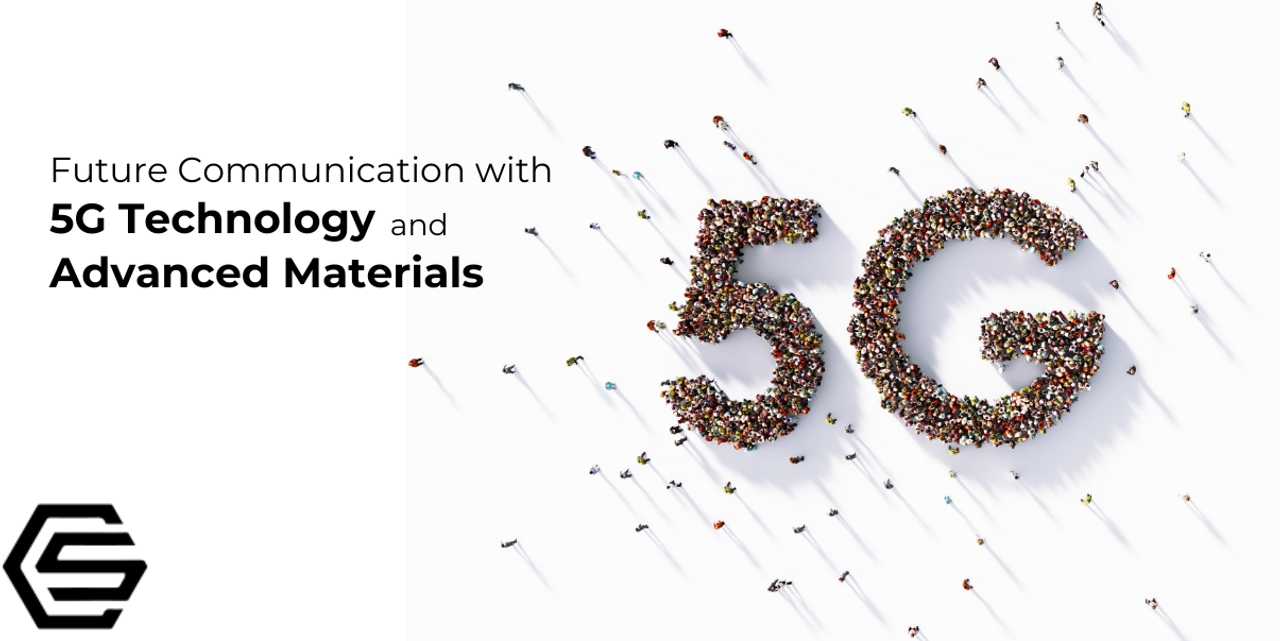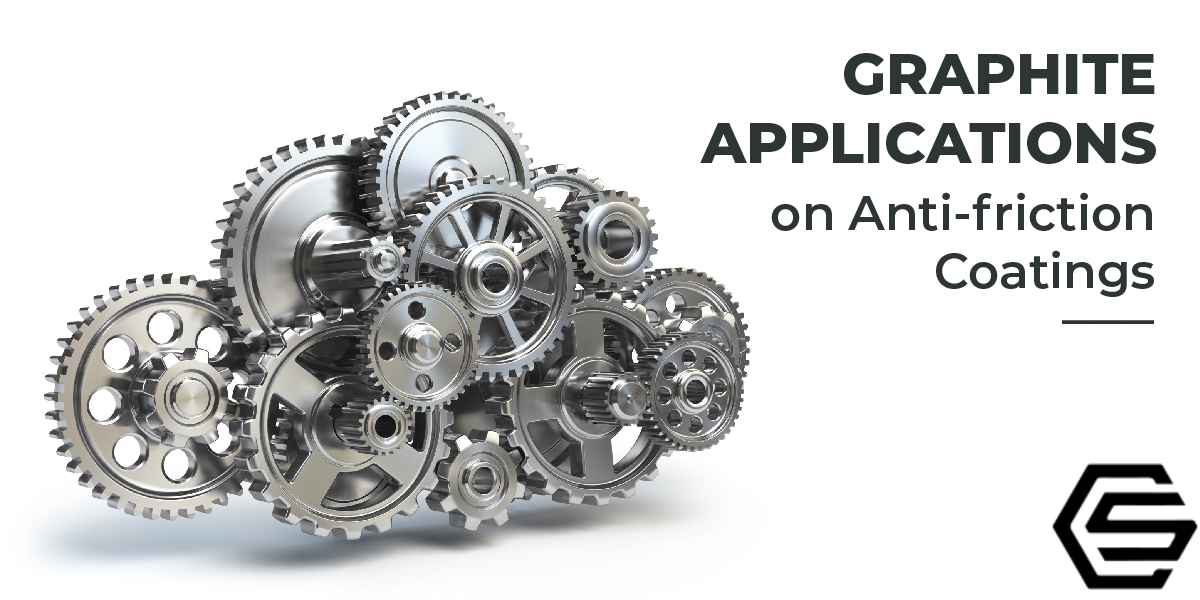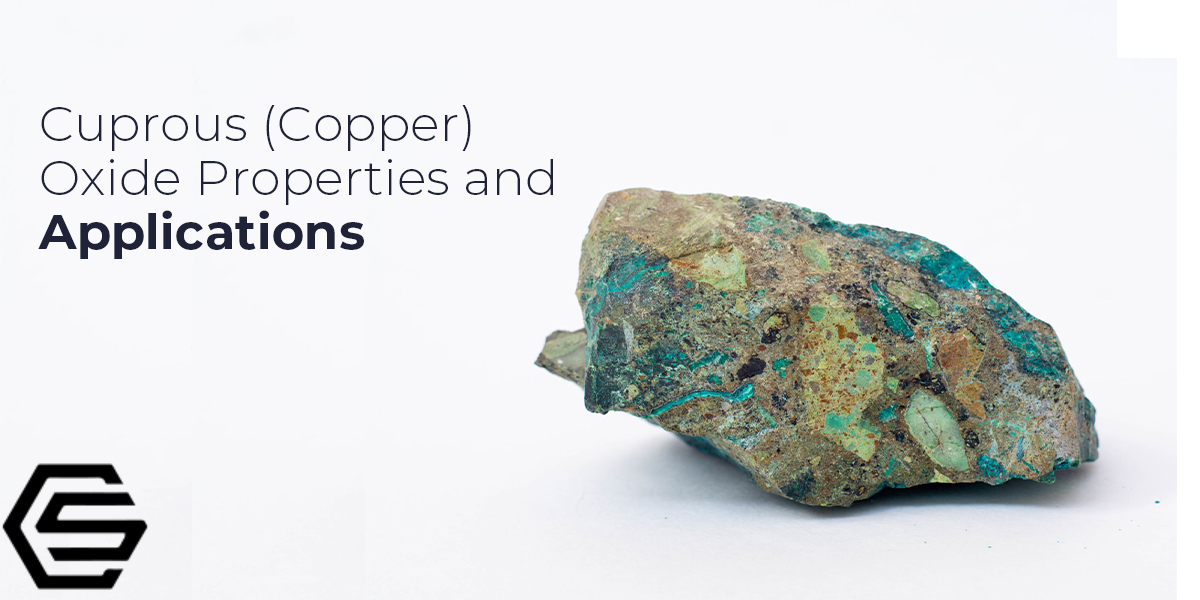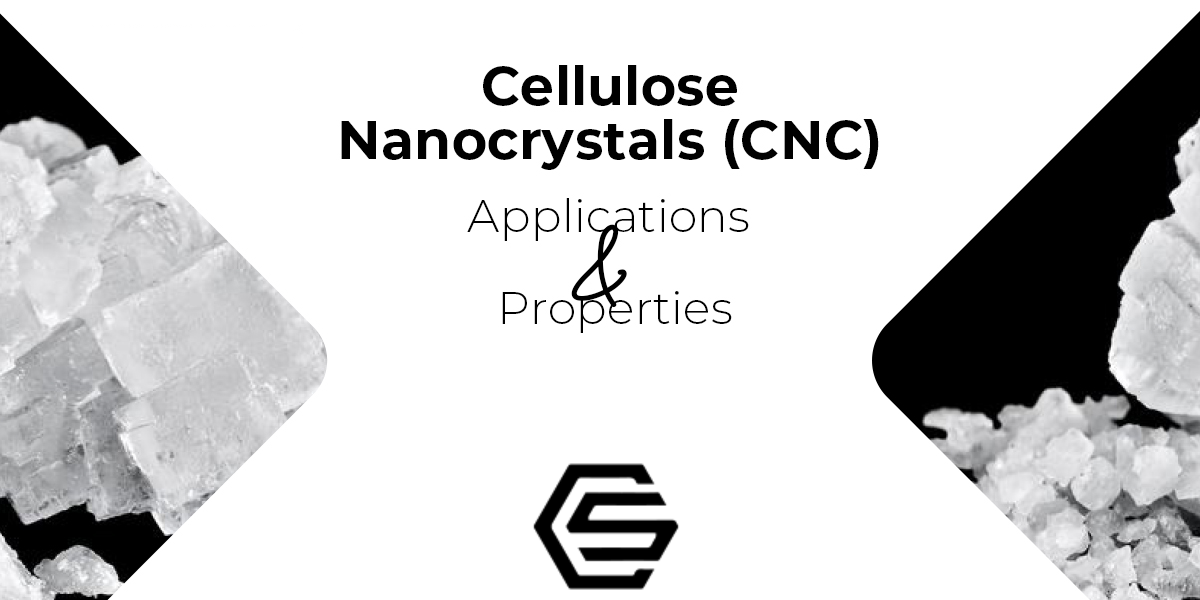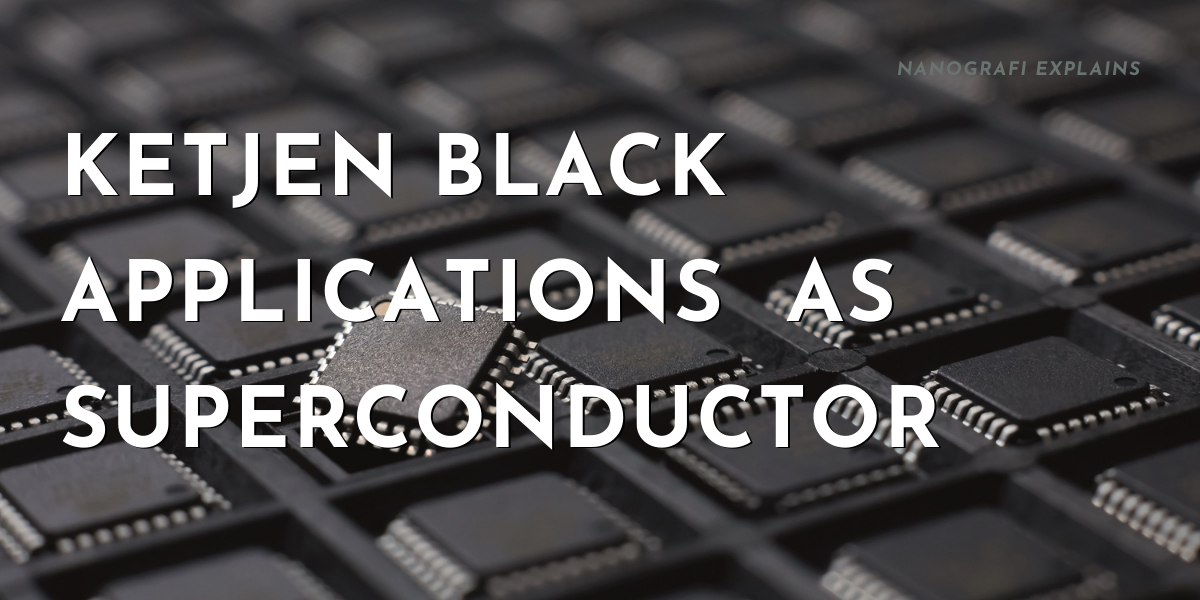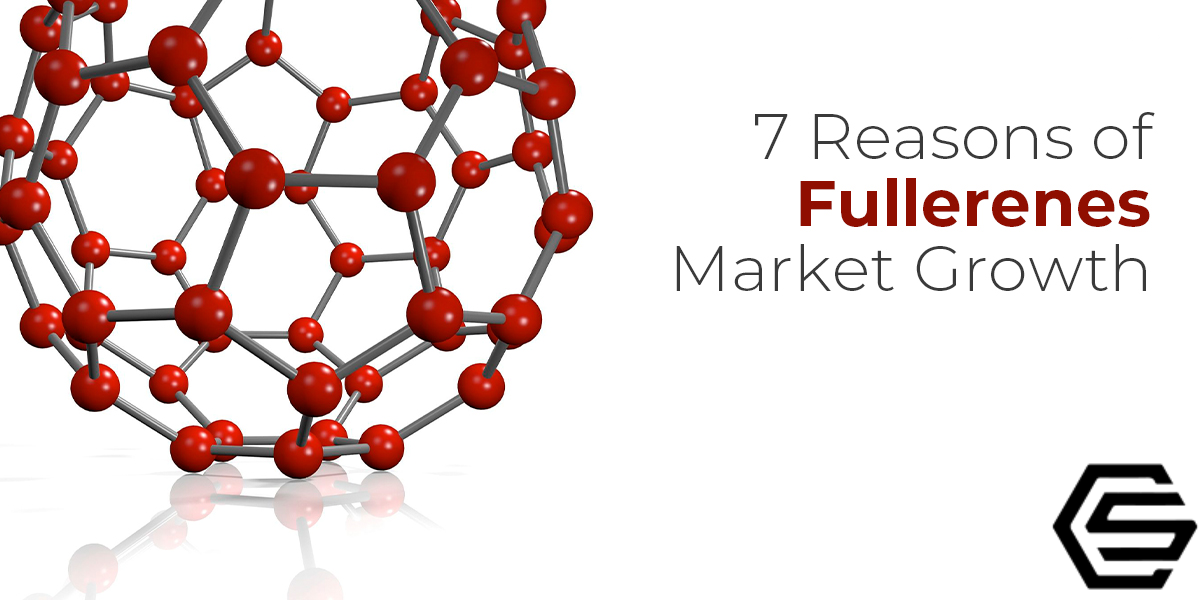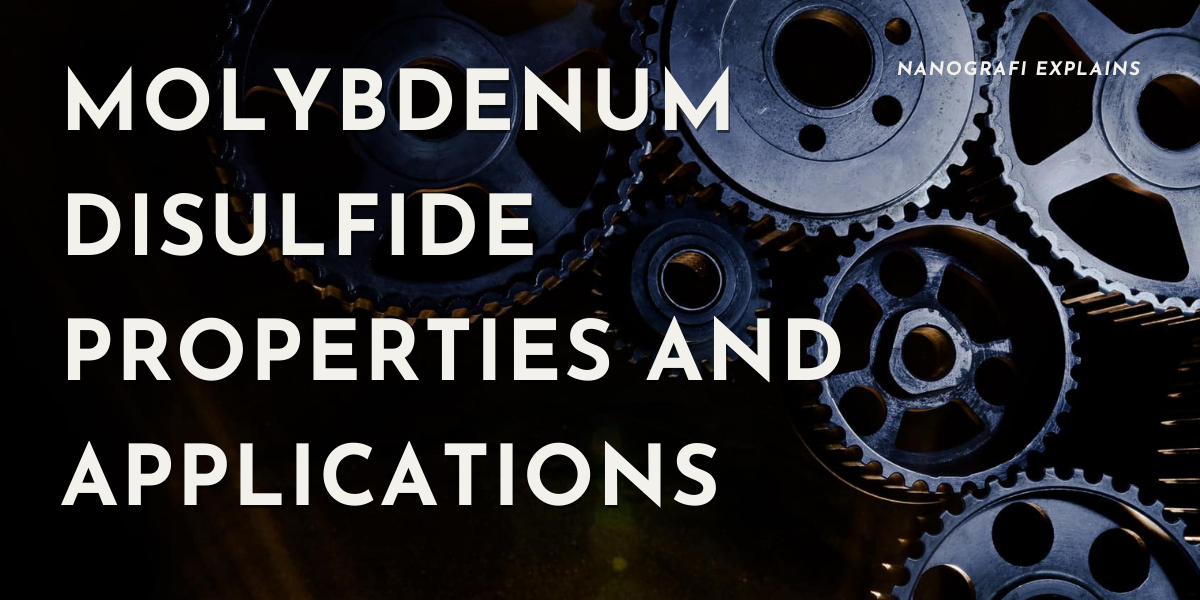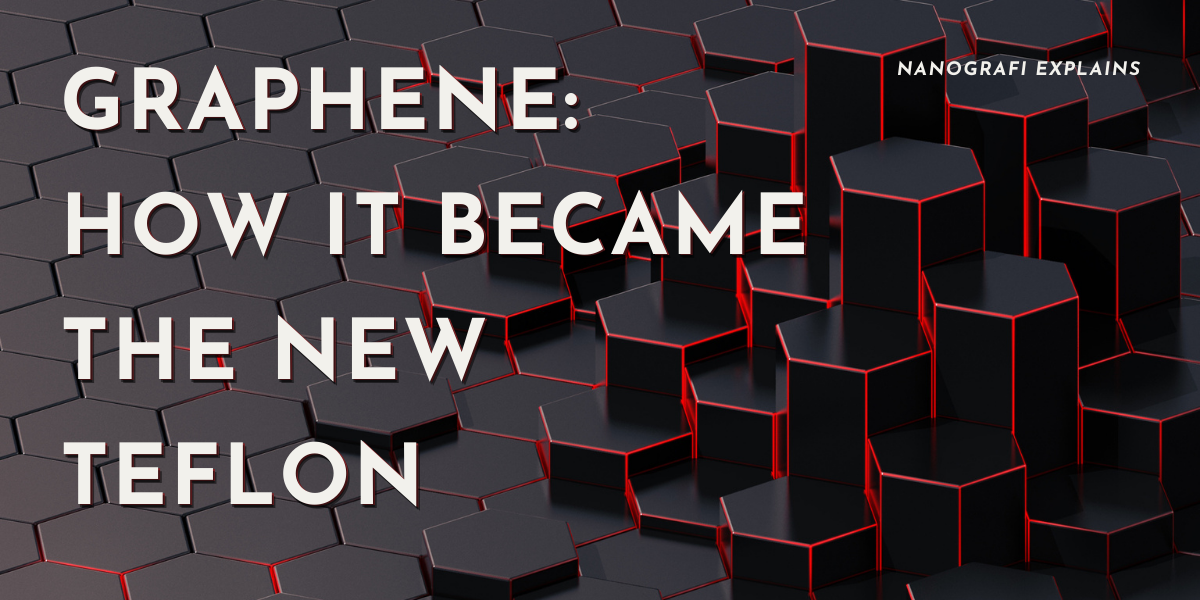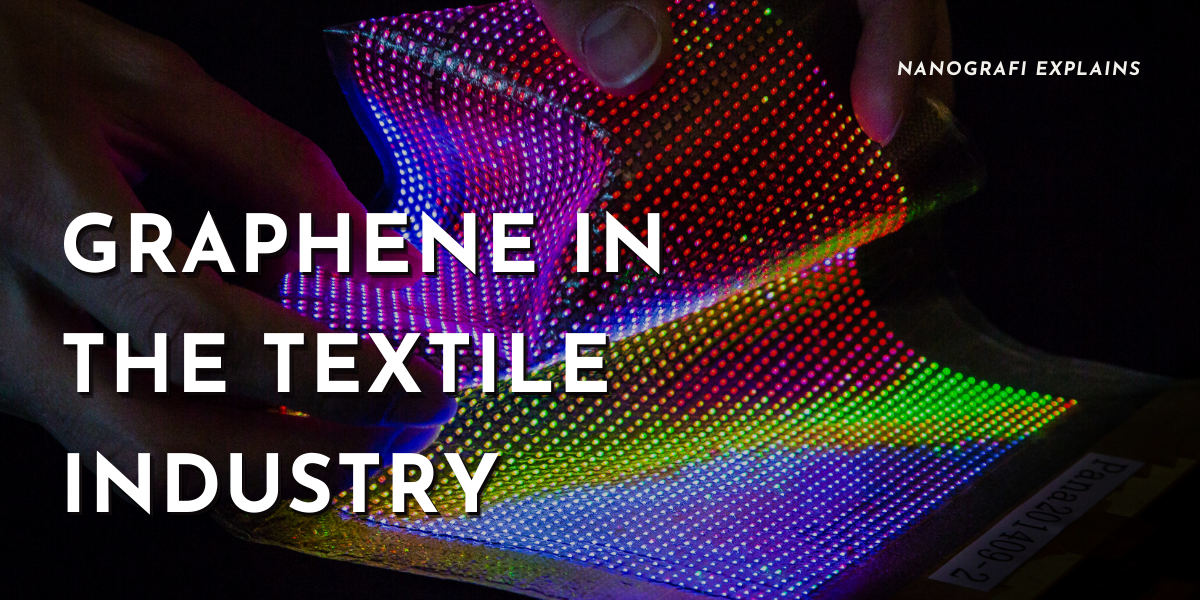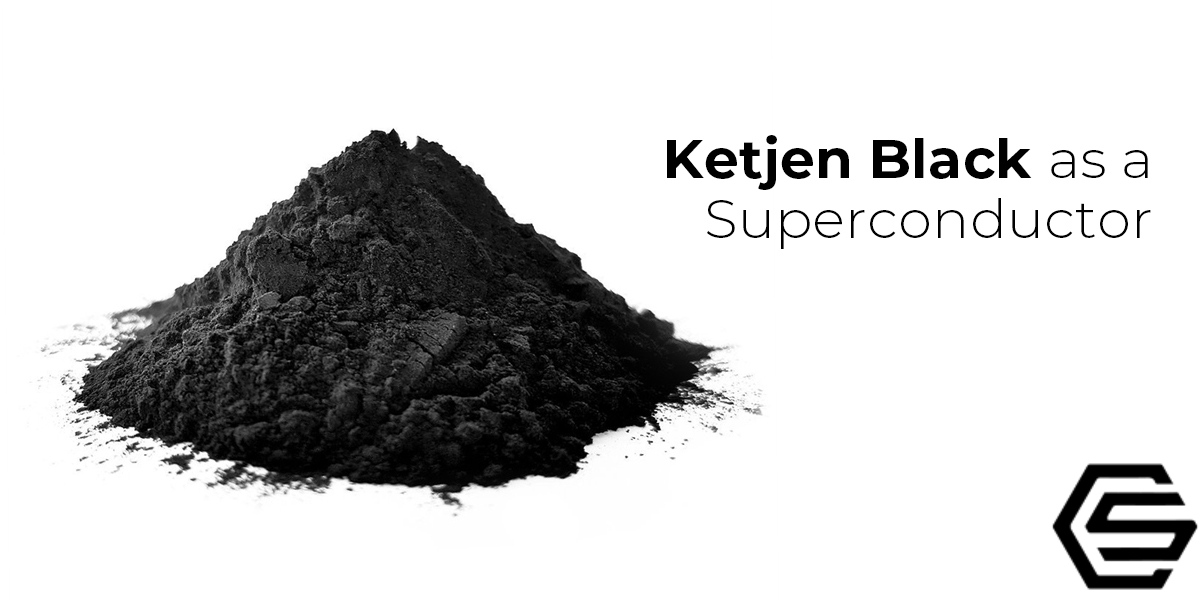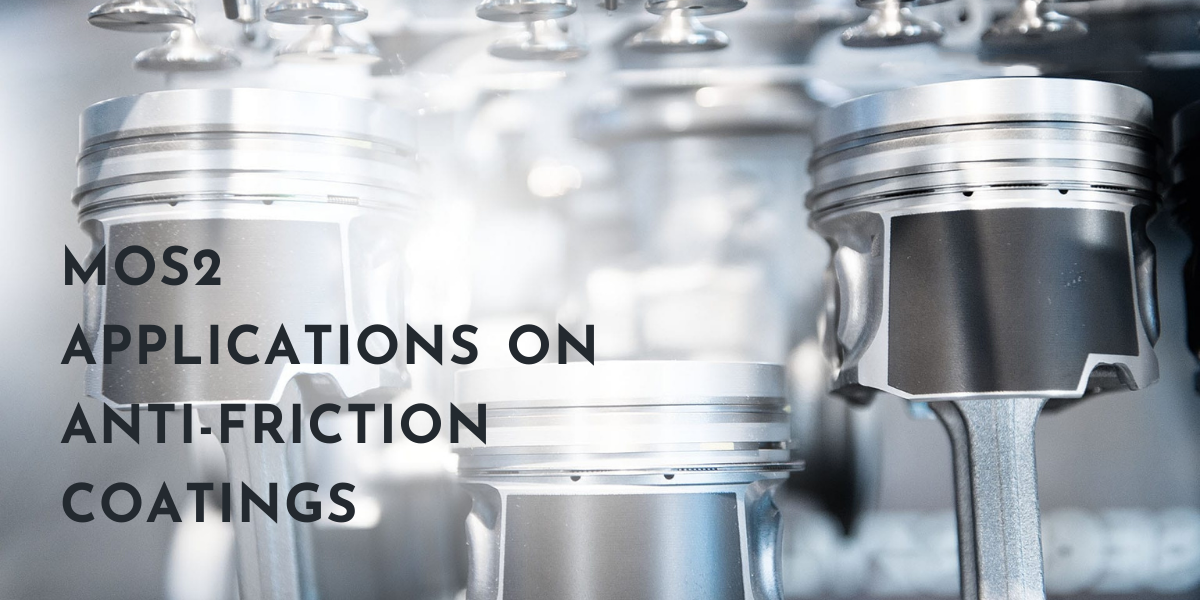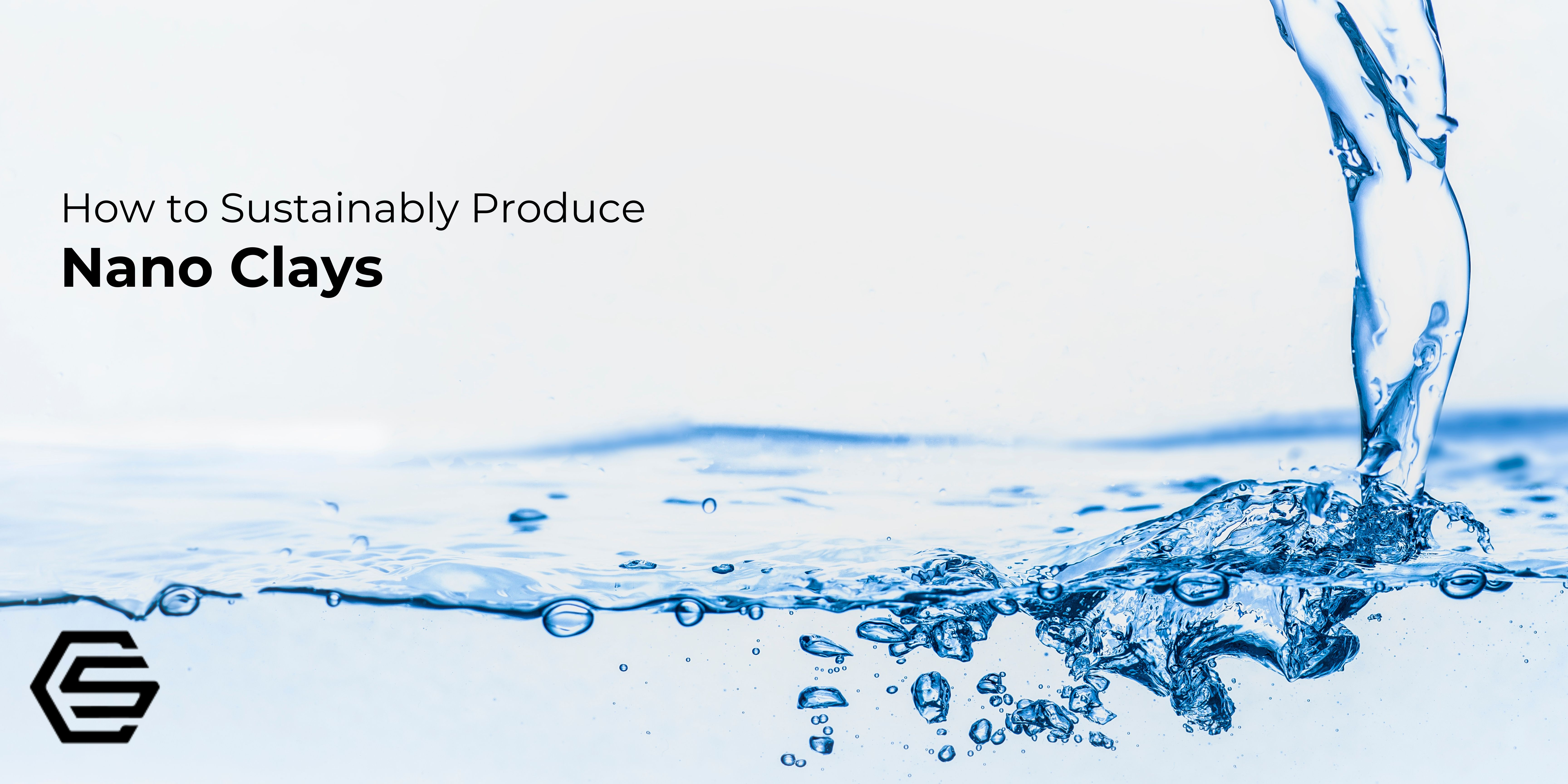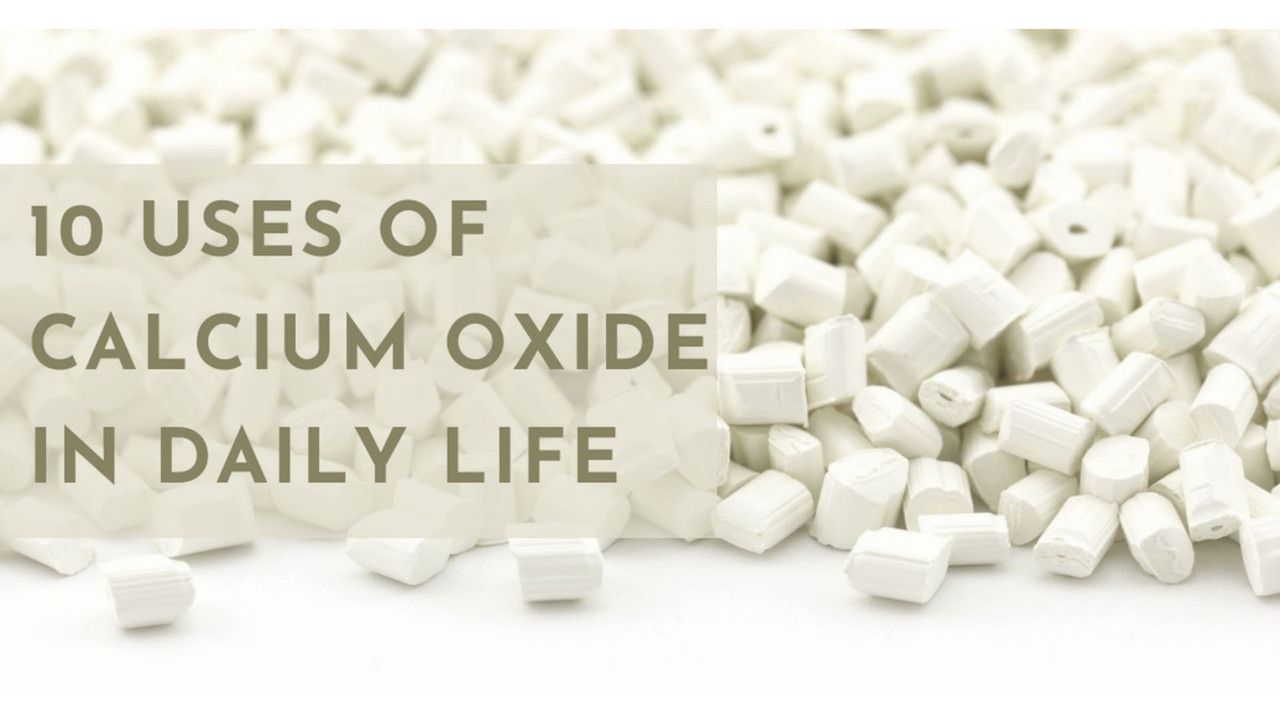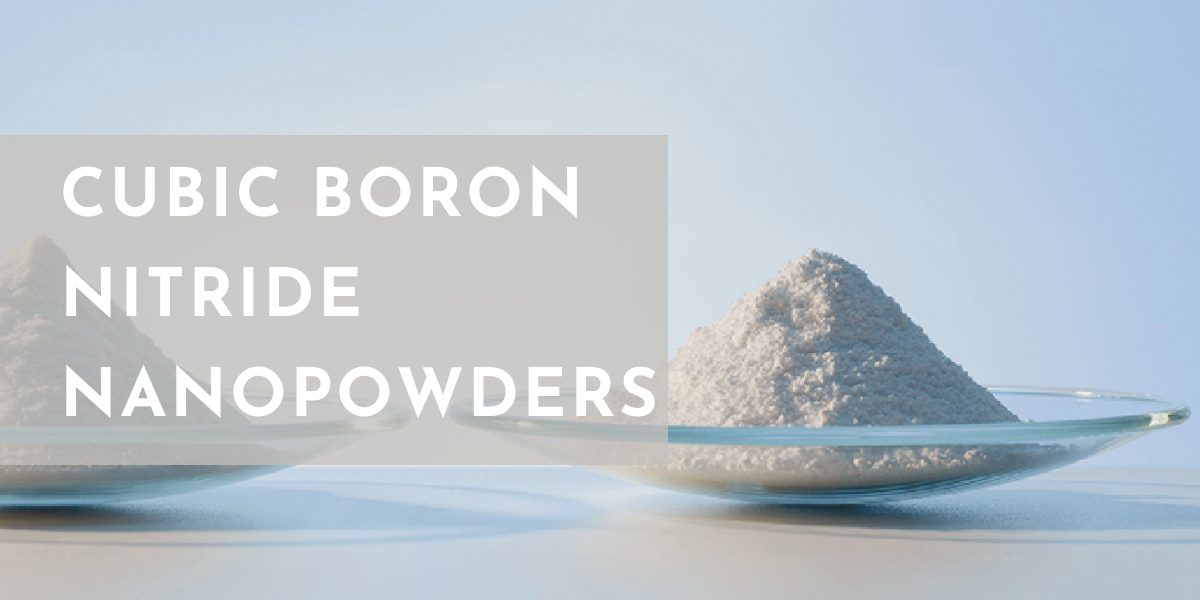What is Radar-Absorbing Material (RAM)?
Radar-absorbing materials (RAM) are specifically designed materials that are used to reduce or eliminate the reflection of electromagnetic waves. They employ two main approaches:
Absorption
Multiple reflections.
In the absorption process, RAM is able to absorb electromagnetic waves that come into contact with it. This absorption reduces the intensity of the waves and converts them into heat energy. RAM achieves this through different mechanisms such as ohmic loss, dielectric loss, or magnetic loss, which are influenced by the material's permeability and complex permittivity.
Multiple reflections, also known as destructive interference, occur within the RAM when incoming waves are reflected back and forth between the rear and front faces of the material. This phenomenon helps to minimize the overall reflection of the waves.
RAM plays a crucial role in stealth technology, particularly in reducing the radar cross-section of military aircraft and unmanned aerial vehicles (UAVs). It is applied to various surfaces, including the exterior skin and high-radar reflection areas like surface edges, in order to weaken reflected signals by absorbing the electromagnetic wave energy.
Applications of Radar Absorbing Materials
The utilization of radar-absorbing materials (RAM) and structures in stealth technology, such as the application of these materials on the surfaces of the F-117 Nighthawk aircraft by the United States Air Force, represents one of the most well-known applications of RAM. However, it is important to note that RAS (Radar Absorbing Structures) and RAM find applications not only in the military field but also in commercial microwave communications systems. In recent years, RAM has also been employed in commercial and civil settings to mitigate radar scattering from large buildings located near airports, which could potentially interfere with civil aviation radar systems. Moreover, RAM is utilized in various consumer electronics such as antennas, automobile radios, mobile phones, and telecommunications base stations.

Types of Radar Absorbing Materials
Radar-absorbing materials (RAM) encompass a range of absorbers designed to minimize the reflection of electromagnetic waves. These absorbers play a crucial role in enhancing stealth capabilities by reducing radar wave reflection.
Foam Absorbers: Foam absorbers, such as carbon-loaded sheets and shaped foam absorbers, come in different forms and are used to minimize reflection in anechoic chambers.
Elastomers: Elastomers are used as surface wave absorbers, while iron ball paint contains iron particles that convert radar energy into heat through molecular oscillations.
Iron Ball Paint: Iron ball paint, which contains iron particles, reduces reflection by converting radar energy into heat through molecular oscillations.
Low-frequency Absorbers: Low-frequency absorbers utilize shaped magnetic particles to achieve effective reflection loss.
Jaumann Absorbers: Jaumann absorbers work on the principle of wave interference to cancel reflected signals.
Tuned Frequency Absorbers: Tuned frequency absorbers exhibit considerable reflection loss at specific frequencies.
Cavity Resonance Absorbers: Cavity resonance absorbers are designed for high loss in microwave cavities.
Split-ring Resonators (SRRs): SRRs have shown excellent performance as radar absorbers. These technologies can be combined to enhance absorption capabilities.
Electromagnetic Principles of Radar Absorbent Materials
Microwave radiation reflection control is crucial in various scenarios. For example, anechoic chambers, which aim to simulate free space in a confined environment, require walls lined with materials that absorb electromagnetic waves. Similarly, in surveillance radar systems, powerful return signals from nearby objects like masts, buildings, or bridges can limit performance. Coating these objects with absorbent layers can enhance radar system capabilities. Japan is addressing television "ghost pictures" caused by signal reflections using a similar approach. The military has also recognized the potential of microwave-absorbing materials, such as those used in the "Stealth" program, to reduce target detectability. Each application of radar absorbent materials has unique electromagnetic requirements, with anechoic chambers requiring high absorption across a wide frequency range.
Designing absorbers involves considering factors like the environment, weight, size limitations, and the specific variables that affect performance. Geometrical variables are crucial due to the wavelength size at microwave frequencies, and absorbers rely on bulk electromagnetic properties. Practical electromagnetic absorbers must meet specific conditions and maintain their performance over the relevant frequency band throughout their operational life. This multidisciplinary field encompasses knowledge of electromagnetic properties, structural integrity, and chemical composition. Important electromagnetic fundamentals include material properties, reflection and refraction at boundaries, and impedance matching. By considering these aspects, effective control over microwave radiation reflection can be achieved in diverse environments and applications.
Graphene as Radar Absorbing Material
Graphene and its compounds, such as graphene oxide (GO) and reduced graphene oxide (rGO), have attracted significant interest as microwave absorber materials. Researchers have developed permeable hierarchical nanocomposites of CoFe2O4/rGO (CFO/rGO) using an in situ solvothermal method. The EM characteristics of the CFO/rGO composites were studied by varying the sample thickness and adjusting the weight % of rGO. The results showed an effective bandwidth of 5.8 GHz (8.3–14.1 GHz) and a microwave absorption reaction at 10 GHz. The improved impedance matching, dielectric loss, micropores in the CFO, and interfacial polarization contribute to the material's attenuation qualities. Similar research on FeCoNiOx and PDA-rGO composites demonstrated a maximum attenuation of 36.28 dB with a 3.2 GHz effective bandwidth and a 6.5 mm thickness. These materials primarily attenuate electromagnetic waves through dielectric deficit, while the magnetic metallic components enhance impedance matching and energy loss.

The Benefits of Graphene Included Radar Obserbing Material
Graphene, as a radar-absorbing material, offers a range of benefits due to its unique properties. Firstly, graphene exhibits exceptional electrical conductivity, allowing it to effectively absorb and dissipate electromagnetic waves. This results in reduced radar reflection and enhanced stealth capabilities. Additionally, graphene is lightweight and flexible, making it suitable for various applications, including coating surfaces of military aircraft and unmanned aerial vehicles (UAVs). Its thin and compact structure enables seamless integration into existing systems without compromising aerodynamics. Moreover, graphene-based radar-absorbing materials have the potential for wide bandwidth absorption, covering a broad range of frequencies. This versatility makes graphene a promising candidate for next-generation radar-absorbing materials, providing improved performance and efficiency in radar systems. Overall, the benefits of graphene as a radar-absorbing material lie in its high conductivity, lightweight nature, compatibility with existing systems, and broad frequency absorption capabilities.


